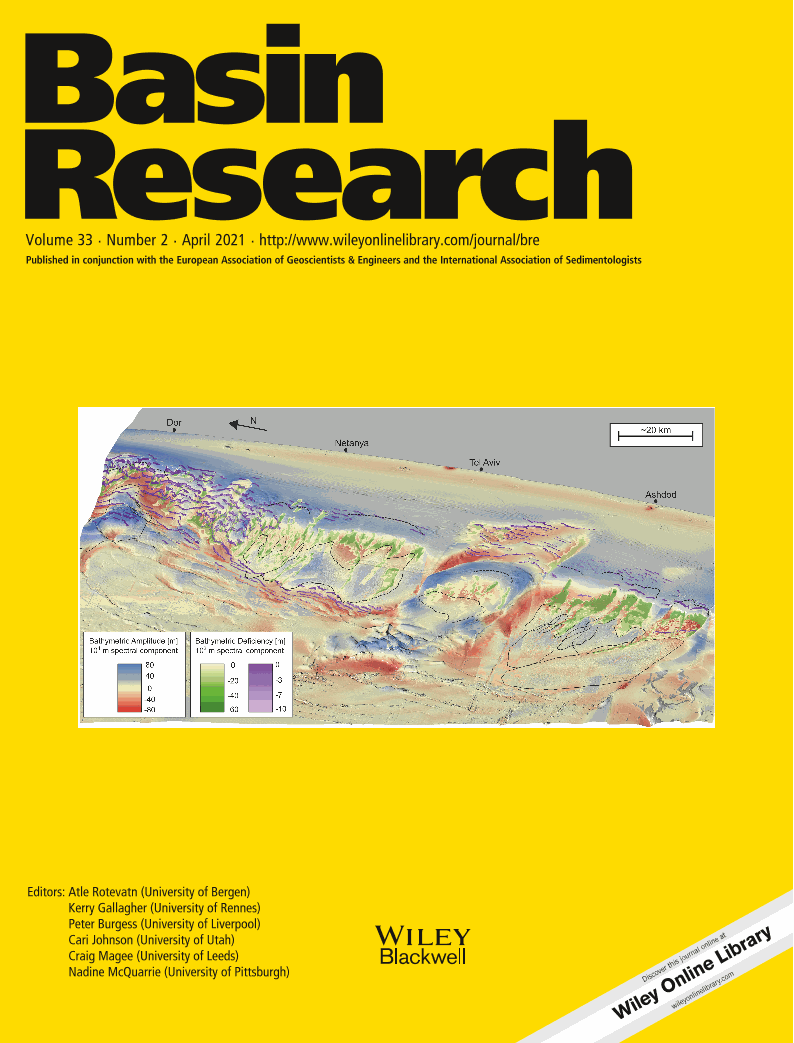
Full text loading...
 , John W. Snedden1
, John W. Snedden1
Newly available two‐dimensional (2D) and limited three‐dimensional (3D) reflection seismic data coupled with publicly available well and core data were used to generate the first comprehensive regional basin evolution model for the deep‐water Neogene to recent southern Gulf of Mexico (GoM). This evolution is presented in the context of contemporaneous onshore tectonic drivers and predecessor basin tectonic history. Dynamic uplift to the west in North America, transpression to the south and tectonically influenced salt tectonics to the east served to collapse the margins of the southern Gulf of Mexico Basin throughout the late Neogene and into the modern. This collapse and salt inflation served to shut off efficient sediment transport into the axial deep basin. Newly developed nearshore extensional accommodation along both the western margin of the basin and salt‐rooted orogenic structures to the south and east appear to have baffled coarser‐caliber sediment input from southern (Mexican) sediment sources into the deep Gulf of Mexico Basin beginning in the late Miocene. This sequence is recorded in the southern GoM basin by a transition from large early–mid Miocene submarine channel belts to late Miocene–recent sediment wave fields and mass transport deposits. Improved resolution of new 2D and 3D subsurface seismic reflection data shows that sediment waves of the southern Gulf of Mexico are supercritical bedforms, long wavelength antidunes and cyclic steps, not contourites. These supercritical bedforms are among the most spatially expansive and morphologically largest documented globally. The location and evolution of these bedforms appears closely tied to the tectonically driven history of margin collapse, salt inflation and the starving of the deep basin of coarse‐grained sediment. Cumulatively, the tectonic drivers that intuitively should have increased sediment flux into the deep southern Gulf of Mexico acted to ‘pinch off’ the basin, starving it of sediment supplied from southern sediment sources.
,The evolution of southern Gulf of Mexico deep‐marine depositional systems was strongly controlled by onshore dynamic and transpressional tectonics through the Neogene and into the modern. Nearshore extensional accommodation generated by margin collapse and salt inflation served to progressively starve the deep southern Gulf of sediment. This is recorded in the deep‐water basin center as a transition from large Miocene submarine channel systems to late Miocene to modern mass transport deposits and supercritical sediment waves.

Article metrics loading...

Full text loading...
References


Data & Media loading...

